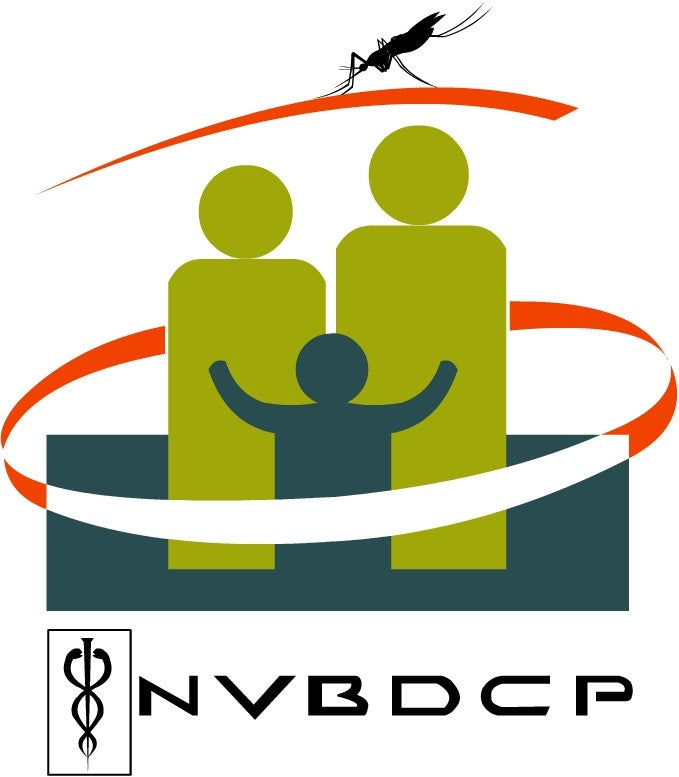Introduction
The National Vector Borne Disease Control Programme (NVBDCP) is a comprehensive initiative launched by the Government of India to combat vector-borne diseases across the country. Vector-borne diseases are illnesses caused by pathogens and parasites transmitted by vectors such as mosquitoes, ticks, and fleas. In India, these diseases include malaria, dengue, chikungunya, Japanese encephalitis, lymphatic filariasis, and kala-azar (visceral leishmaniasis).
Objectives of NVBDCP
The primary objectives of the NVBDCP are:
-
Reducing Morbidity and Mortality: The program aims to reduce the incidence and mortality rates associated with vector-borne diseases through effective prevention, control, and treatment strategies.
-
Strengthening Surveillance: Enhancing the surveillance system to ensure timely detection, reporting, and response to outbreaks of vector-borne diseases.
-
Capacity Building: Building the capacity of healthcare professionals, including training and equipping them to handle vector-borne diseases effectively.
-
Community Participation: Promoting community involvement in vector control activities to foster a collaborative approach to disease prevention and control.
-
Research and Development: Encouraging research to develop innovative strategies and tools for vector control and disease management.
Key Components of NVBDCP
The NVBDCP encompasses several key components to achieve its objectives:
-
Integrated Vector Management (IVM): IVM is a crucial aspect of the NVBDCP, focusing on reducing vector populations through environmental management, biological control, chemical control, and personal protection measures.
-
Disease Management: The program emphasizes early diagnosis and prompt treatment of vector-borne diseases. This includes strengthening healthcare facilities, ensuring the availability of diagnostic tools and medicines, and implementing standard treatment protocols.
-
Surveillance and Monitoring: A robust surveillance system is essential for tracking disease trends, identifying hotspots, and monitoring the effectiveness of control measures. The NVBDCP uses advanced technology and data analytics to enhance surveillance efforts.
-
Advocacy, Communication, and Social Mobilization (ACSM): Raising awareness about vector-borne diseases and promoting preventive measures through mass media campaigns, community outreach programs, and educational initiatives.
-
Partnerships and Collaborations: The NVBDCP collaborates with various stakeholders, including government agencies, non-governmental organizations (NGOs), international organizations, and the private sector, to leverage resources and expertise for effective disease control.
Achievements and Challenges
Achievements
The NVBDCP has made significant progress in controlling vector-borne diseases in India. Some notable achievements include:
-
Reduction in Malaria Cases: The country has witnessed a substantial decline in malaria cases and deaths due to the implementation of effective vector control measures and improved access to diagnosis and treatment.
-
Elimination of Lymphatic Filariasis: Several states in India have achieved the elimination of lymphatic filariasis as a public health problem through mass drug administration (MDA) campaigns and vector control interventions.
-
Control of Japanese Encephalitis: The incidence of Japanese encephalitis has been significantly reduced through vaccination campaigns, vector control, and improved case management.
Challenges
Despite these achievements, several challenges remain:
-
Emergence of Drug Resistance: The emergence of drug-resistant strains of malaria and other vector-borne diseases poses a significant challenge to disease control efforts.
-
Urbanization and Environmental Changes: Rapid urbanization, climate change, and changing environmental conditions contribute to the proliferation of vectors and the spread of diseases.
-
Community Engagement: Sustaining community participation in vector control activities requires continuous efforts and innovative approaches.
Conclusion
The National Vector Borne Disease Control Programme is a vital initiative that underscores India's commitment to tackling vector-borne diseases. By focusing on integrated vector management, disease management, surveillance, community engagement, and partnerships, the NVBDCP aims to reduce the burden of these diseases and improve public health outcomes.
About Milan Safety
Milan Safety is dedicated to promoting health and safety through comprehensive safety solutions and awareness programs. With a focus on creating safer communities, Milan Safety supports initiatives like the NVBDCP to enhance public health and well-being.
For more information, visit Milan Safety.
Alnoor Gadiya
Milan Safety
